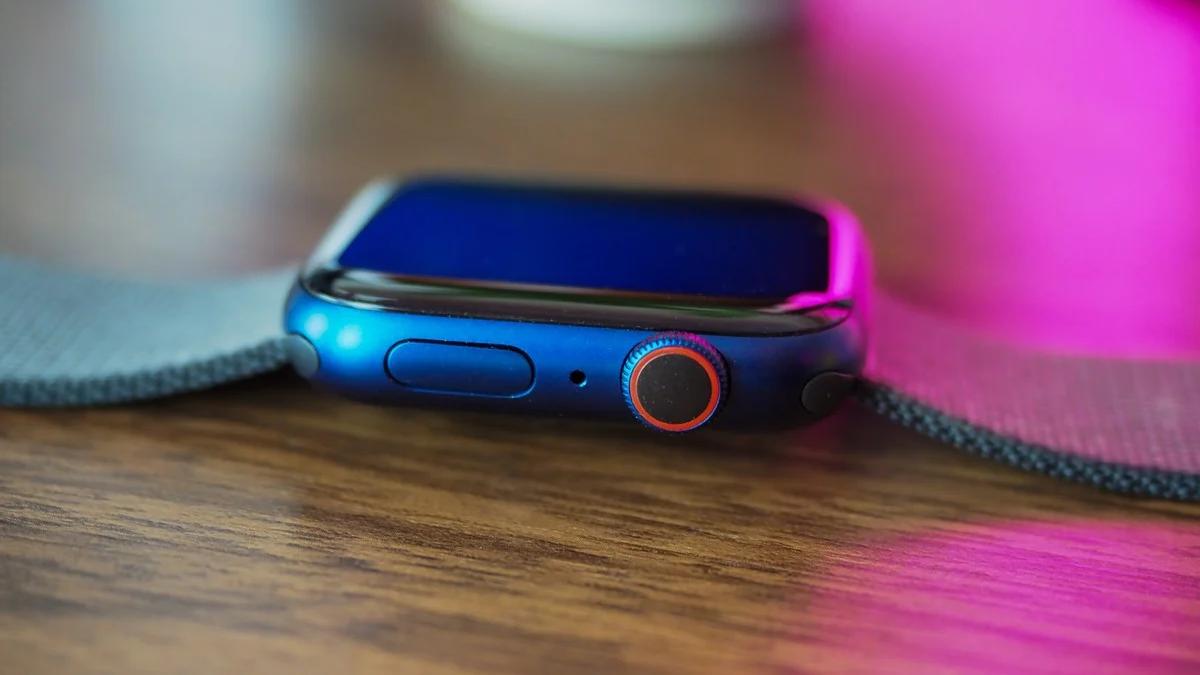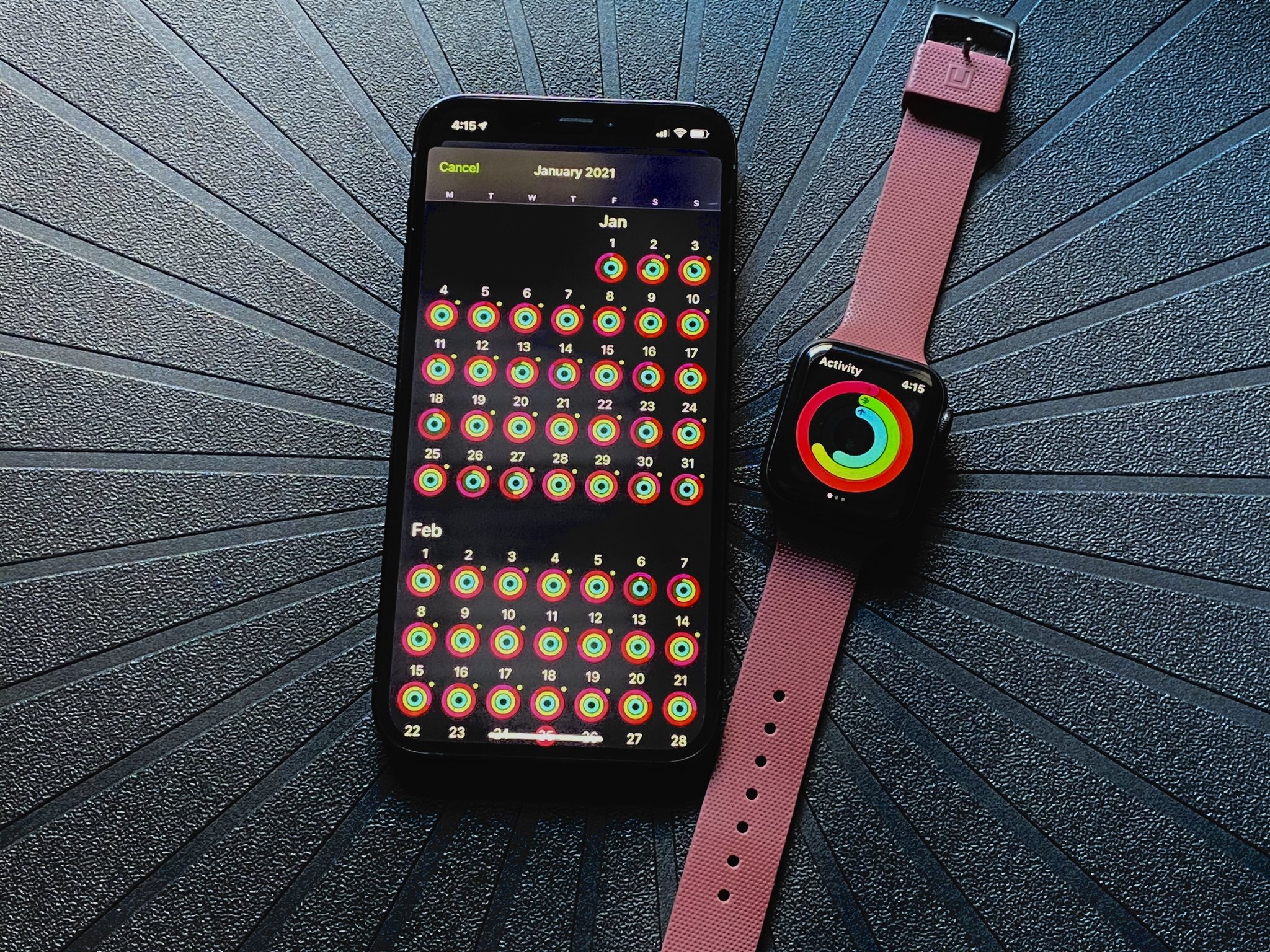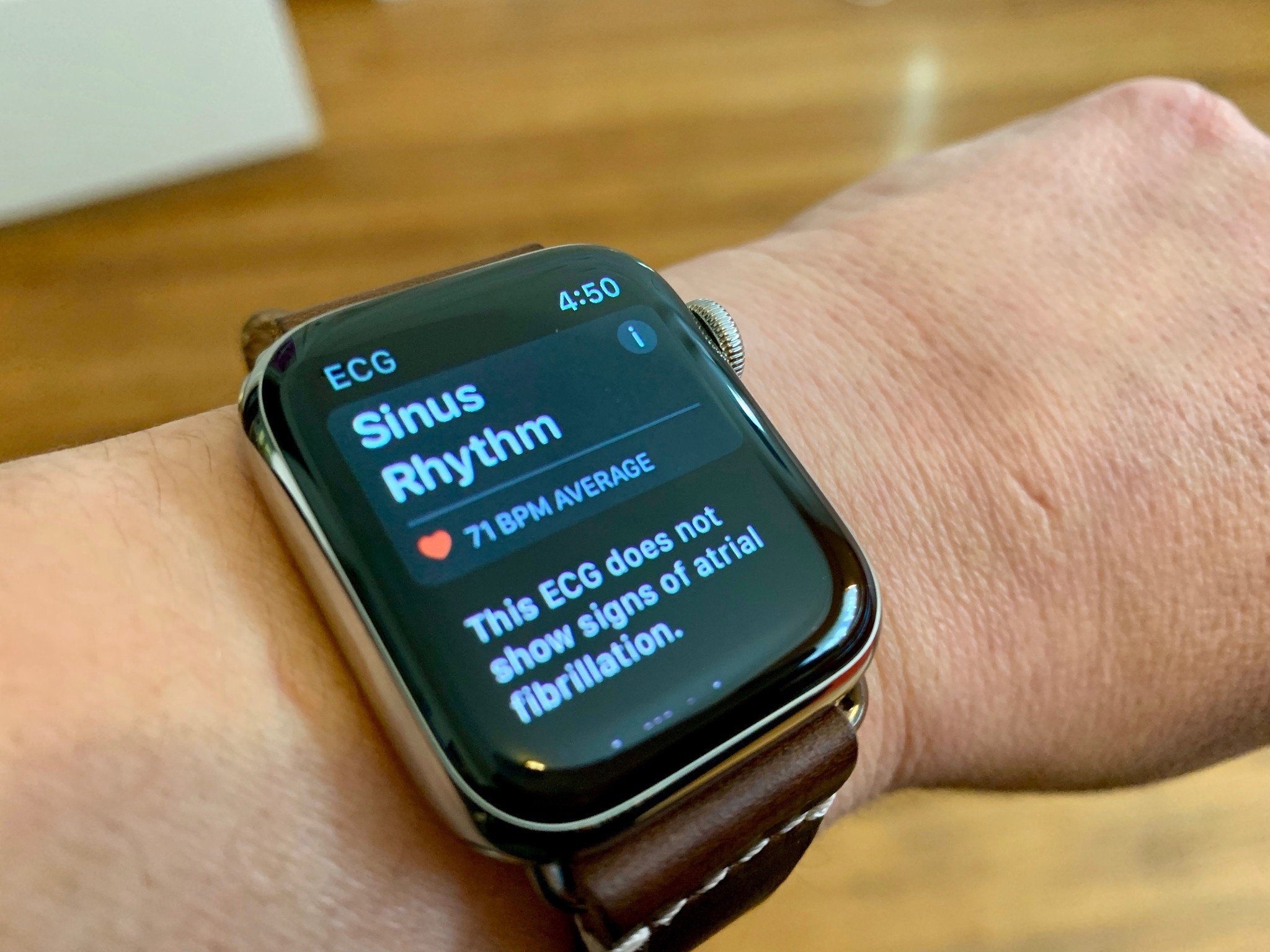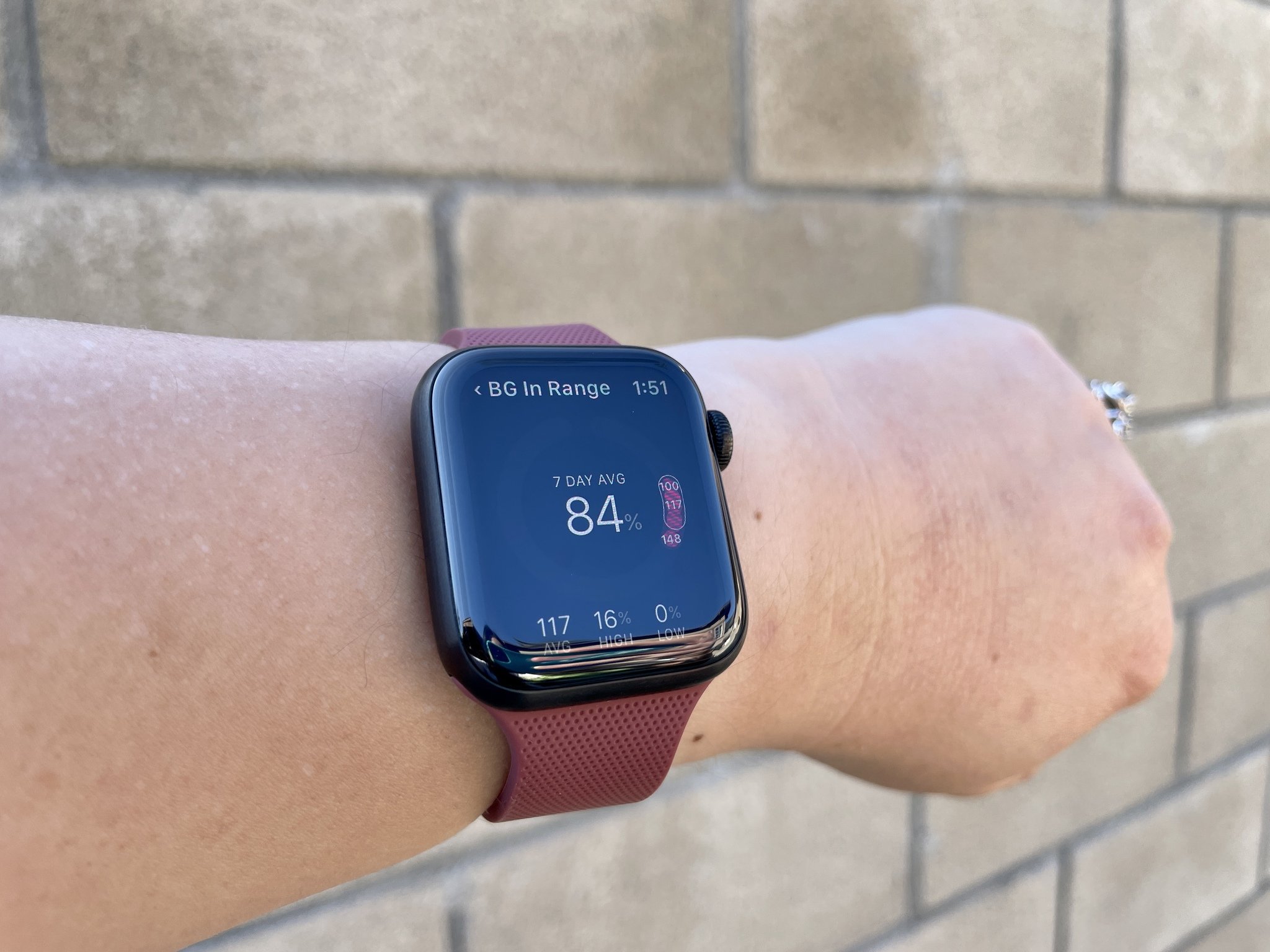Why the Apple Watch is Apple's most important device to date

When the first Apple Watch launched back in 2015, it was seen more as a miniature iPhone on your wrist with some activity tracking capabilities. Basically, it took a new approach to fitness trackers by combining computing power into the form factor of a watch — the first real wearable that changed everything.
As time passed, the best Apple Watch has evolved into something much more than a little smartwatch that tracks workouts and notifies you throughout the day. With a consistent upgrade cycle that adds a new health-focused feature almost every year (ECG and Fall Detection in Series 4 and Blood Oxygen monitoring in Series 6), the Apple Watch has become one of Apple's most important devices yet when it comes to helping us track our own health and well-being.
Nothing's been more motivational than the Activity Rings

Like a lot of other Apple products, the Apple Watch was certainly not the first fitness tracker in the market. The space was rife with options from Fitbit, Garmin, Withings, and many smaller brands. Most of these trackers allowed users to set a daily goal for steps or calories and could help log workout sessions. But trying to hit 10,000 steps a day is a pretty boring goal, and there was no real "fun" way to motivate us to be more active.
Then came Apple Watch with the Activity Rings.
The Activity Rings are three rings on the Apple Watch that help encourage users to close each and every day: Move, Exercise, and Stand. The Move goal has been adjustable for each individual since the beginning, but Exercise and Stand were set to a strict 30 minutes and 12 hours a day, at least until recently with watchOS 7.
While the concept is relatively simple, the thought of "closing your rings" on a daily basis helped motivate a ton of people to get up and get moving towards a more active lifestyle. After all, closing the rings and watching a celebratory animation is just so much more satisfying than what previous fitness trackers have offered. And seeing a streak of a whole week, or even a month, of completed rings? It just encourages you to keep going.
And while you could always log workouts with the Apple Watch, Apple has continued to add a more diverse range of workout options that can be tracked. So no matter how you choose to exercise, there's a workout option for you to help track it and close your rings.
iMore offers spot-on advice and guidance from our team of experts, with decades of Apple device experience to lean on. Learn more with iMore!
There's more to Apple Watch than just "Closing Your Rings"

Ever since the Apple Watch debuted, Apple has continued to improve it, turning it into something more than just a smartwatch. In fact, the Apple Watch is one of Apple's most important devices because of its core focus on health and well-being.
With the Apple Watch Series 4, Apple added ECG and Fall Detection. The ECG allows users to take an electrocardiogram right from the wrist, which captures and records heart rhythm data that can be used to detect issues like rapid or skipped heartbeats. Usually, signs of irregular heartbeats can point to atrial fibrillation (AFib). While the ECG app can't detect a heart attack, blood clots, a stroke, and other heart-related issues, the data from an irregular ECG reading can help catch a problem early, before it gets serious.
Fall Detection is also a big health feature. Thanks to the accelerometer and gyroscope in the Apple Watch, they detect your everyday activity, including sensing a falling motion. If you have a hard fall, the Apple Watch gives you a hard tap, sounds an alarm, and displays an alert. If you don't answer within 60 seconds, another countdown of 30 seconds appears, which is the time before emergency services are automatically contacted. If you don't need help, you can just tap the Stop button. Once the call is made, your emergency contacts will get a message, and location information gets shared.
Even with just ECG and Fall Detection, a lot of lives have been saved. For example, one man's Apple Watch kept alerting him to an abnormally low heart rate, which eventually led to his doctor diagnosing him with ventricular bigeminy. He needed to get heart surgery to fix the issue, but who knows if he would have ever known about this if it weren't for the Apple Watch ECG feature. Fall Detection saved the life of a mother-of-three who had a seizure while at home alone. Since she was wearing her Apple Watch, her husband and emergency services were made aware of the situation.

The Blood Oxygen monitoring is new and only available on the Apple Watch Series 6, but it's also a potentially life-saving feature like ECG and Fall Detection, despite not having FDA approval as a medical-grade device yet. With the Blood Oxygen app, users can measure the amount of oxygen in the blood, which should be between 95-100% to be considered healthy. When levels are below 95%, it is called hypoxemia, and this could be a concern. COVID-19 can affect blood oxygen levels and make them dangerously low, so even if it's not actually classified as a medical device quite yet, it still proves to be invaluable. Plus, there's a new heart failure study from the University Health Network that utilizes the Apple Watch Series 6 Blood Oxygen app — that counts for something, I would say.
And the rumor mills of the Apple Watch Series 7 are already churning. Of course, it remains to be seen whether or not Apple will actually follow through on these reports and add blood sugar monitoring to the Apple Watch Series 7, but it would be one feature that I would absolutely need.
The Apple Watch literally saves lives

When Apple Watch first came out, I was honestly kind of skeptical. I wasn't sure that I needed it — I already had a fitness tracker at the time, and I wasn't too concerned about my health back then. But I grew older, got tired of just measuring activity by daily steps, and began to experience some minor health issues.
I didn't get the first Apple Watch on launch day, but I eventually picked up the Series 0 (as it's now called). I remember at some point, the back of the original Watch popped off, and I had to send it in for repairs. I didn't want to be without an Apple Watch for a week (I became obsessed with closing my rings and keeping streaks going), so I bought a new Series 1 on the spot at the Apple Store. Once I got the repaired Series 0 back, I ended up giving it to my then-boyfriend (now husband) since I didn't need two.
The Apple Watch has become an incredibly important smart device in my life, and I'm glad I gave it a chance. After my Series 1, I picked up a Series 3 when it was on sale and then upgraded to a Series 5, which I'm still using to this day.
I did take a tumble a few weeks ago while walking our dog, and I can confirm that the Fall Detection feature works as intended. I also regularly take ECG measurements to make sure that my heartbeat rhythm is fine. I've been more active than before just to keep my 730+ day Move Streak going and attempting to knock out all monthly challenges and hit my next milestone of 1500 Move Goals.
The Apple Watch has become one of the tech devices that I just can't live without. Though it hasn't prevented me from death just yet, it has saved the lives of plenty of others.

Christine Romero-Chan was formerly a Senior Editor for iMore. She has been writing about technology, specifically Apple, for over a decade at a variety of websites. She is currently part of the Digital Trends team, and has been using Apple’s smartphone since the original iPhone back in 2007. While her main speciality is the iPhone, she also covers Apple Watch, iPad, and Mac when needed.
When she isn’t writing about Apple, Christine can often be found at Disneyland in Anaheim, California, as she is a passholder and obsessed with all things Disney, especially Star Wars. Christine also enjoys coffee, food, photography, mechanical keyboards, and spending as much time with her new daughter as possible.
